The decision made by United States Court of Appeals for the Federal Circuit, “Affirming” the District Court for the Northern District of California’s summary judgment of non-infringement on Kilopass’ patent claims and its dismissal, with prejudice, of all remaining claims against Sidense, is certainly a good news for IP and… Read More
 Cost, Cycle Time, and Carbon aware TCAD Development of new TechnologiesOur good friend Scotten Jones wrote a paper…Read More
Cost, Cycle Time, and Carbon aware TCAD Development of new TechnologiesOur good friend Scotten Jones wrote a paper…Read More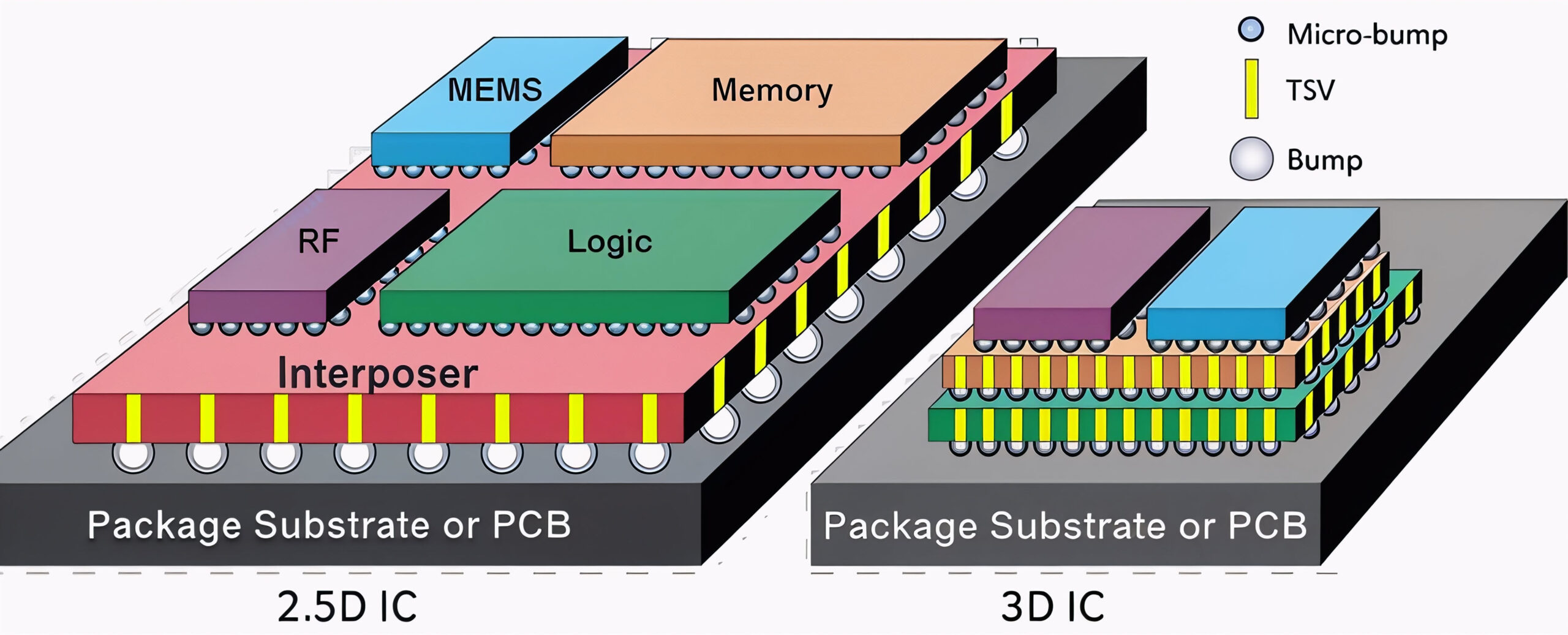 3D ESD verification: Tackling new challenges in advanced IC designBy Dina Medhat Three key takeaways 3D ICs…Read More
3D ESD verification: Tackling new challenges in advanced IC designBy Dina Medhat Three key takeaways 3D ICs…Read More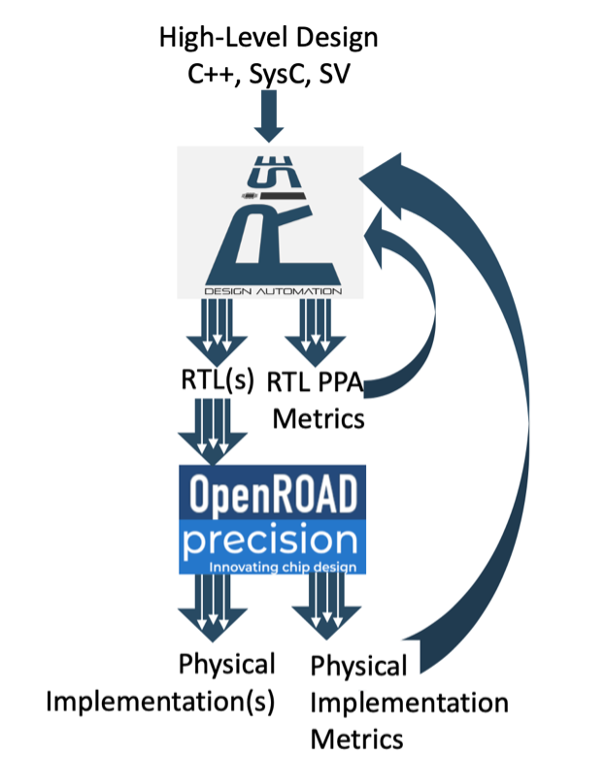 Reimagining Architectural Exploration in the Age of AIThis is not about architecting a full SoC…Read More
Reimagining Architectural Exploration in the Age of AIThis is not about architecting a full SoC…Read MoreDenali+Tensilica+Cosmic = Cadence
I won’t be able to attend Chris Rowen’s presentation here at the GlobalPress Electronic Summit since I’m going to the first day of the Linley Mobile Microprocessor conference. In fact I wonder if Chris himself will make it since he was running in the Boston marathon on Monday. He finished about 10 minutes before… Read More
FPGAS – The New Single Board Computers?
I have always felt that FPGAs have been the red haired step child of Silicon Valley. Software weenies have hated them, they are mysterious and take too long to route. Even though they can be massively parallel and the most deterministic piece of silicon you can buy besides a million dollar ASIC, the GPU steals their glory, for now. … Read More
Atrenta, Forte and Jasper LOVE DAC
I LOVE DAC is back. This year the sponsors are Atrenta, Jasper and Forte (hey, all semiwiki subscribers). The way it works is that you register on the DAC website here and you get a free three-day exhibit pass. In addition to everything going on in the exhibit hall, including the pavilion panels held there, the pass also gives access… Read More
Wally Rhines: Embedded Software the Next Revolution?
As seems to be traditional, Wally Rhines gave a keynote here at the GlobalPress Electronics Summit here in sunny Santa Cruz. It was entitled Embedded Software, the Next Revolution in EDA. Unlike Cadence and Synopsys, Mentor has a strong position in embedded software. It has been build up over a long time through a series of acquisitions… Read More
Cavendish Kinetics
I have spent the last couple of days at the GlobalPress Electronics Summit at the Chaminade Resort in Santa Cruz. Hey, it’s tough, but someone has to do it. One interesting presentation was from Cavendish Kinetics. It is especially interesting because many years ago Cavendish was founded by Mike Beunder, who I know well since… Read More
FinFETs: Ask the Experts II!
As I have mentioned 28 times already, on Friday (April 19[SUP]th[/SUP]) I will be keynoting FinFET day at the EDPS conference in Monterey. This is an excellent opportunity to ask the experts about the challenges of FinFET design and manufacturing in an intimate setting (60 people). If you are interested register today and use the… Read More
Xilinx: Hide the RTL
Tom Feist of Xilinx presented here at the GlobalPress Electronics Summit about their strategy to take design abstraction up another level. In the SoC world, we are still pretty much stuck at the RTL level and have moved to higher abstractions by using an IP strategy. But at least all IC designers are RTL-literate.
Xilinx, in the Vivado… Read More
Altera, Intel, TSMC, ARM: the Plot Thickens
Vince Hu of Altera presented us her at the GlobalPress Electronics Summit on their process roadmap. Since just a month or two ago they announced that Intel would be their foundry at 14nm, everyone wanted to get a better idea of what was really going on.
At 28nm, Altera use 2 processes, TSMC 28HP (for high end Stratix-5 devices) and TSMC… Read More
Webinar: Making a Simple, Structured and Efficient VHDL Testbench
Most simple testbenches have close to no structure, are terrible to modify and hopeless to understand. They often take far too much time to implement and provide close to no support when debugging potential problems. This webinar will demonstrate how to build a far better testbench with respect to all these issues – in significantly… Read More


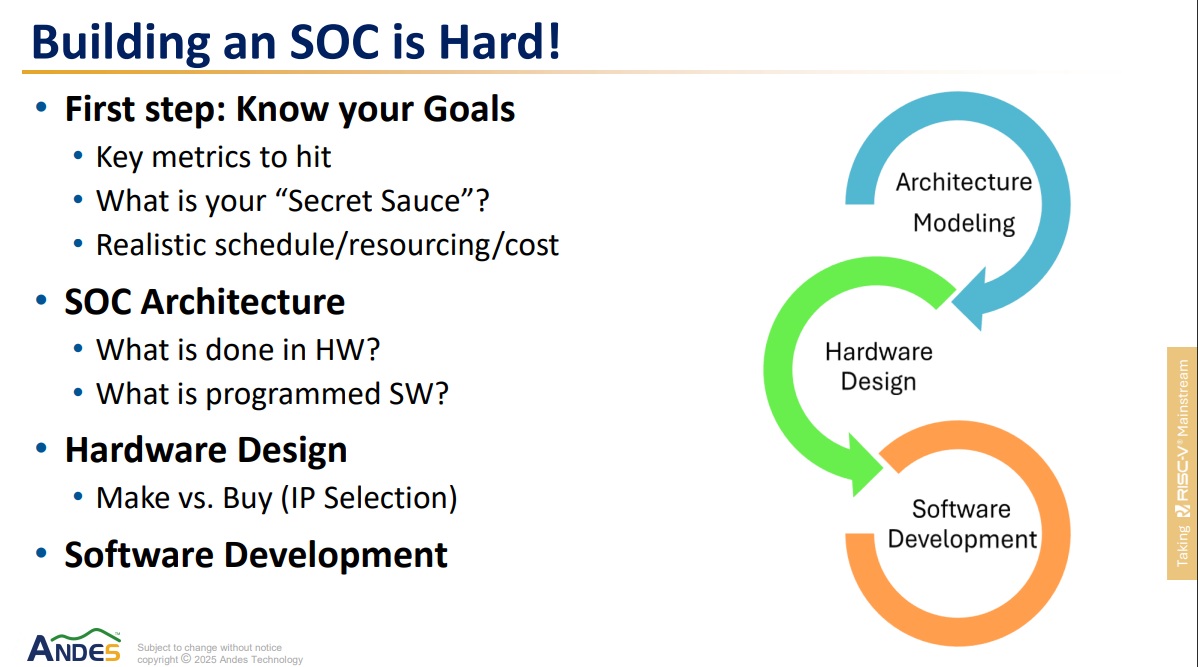


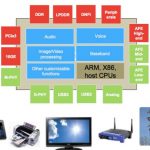
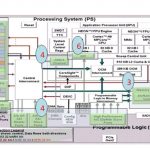
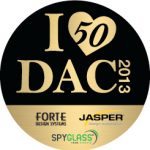
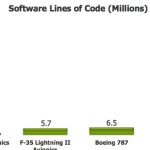
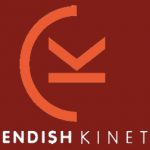
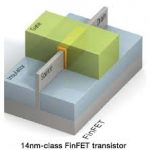
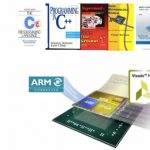
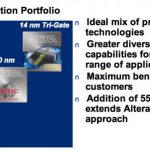
Quantum Computing Technologies and Challenges